Home>Technology>Security & Surveillance>How To Lock A Classroom Door From The Inside
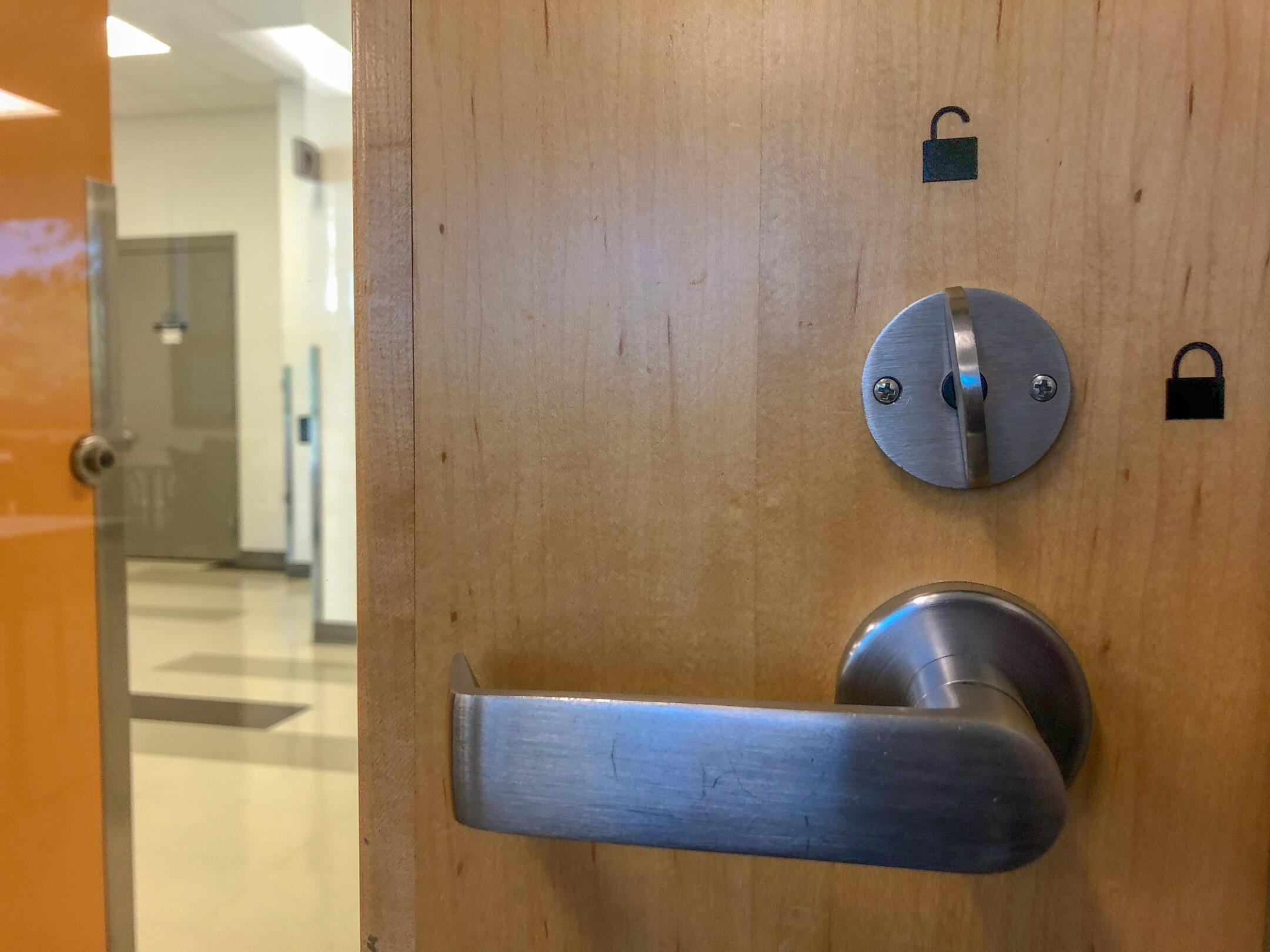

Security & Surveillance
How To Lock A Classroom Door From The Inside
Modified: January 9, 2024
Learn the best practices for locking a classroom door from the inside for enhanced security and surveillance. Explore effective techniques and tools to ensure safety.
(Many of the links in this article redirect to a specific reviewed product. Your purchase of these products through affiliate links helps to generate commission for Storables.com, at no extra cost. Learn more)
Introduction
When it comes to maintaining a secure environment, one of the most crucial elements is the ability to lock a classroom door from the inside. This fundamental security measure is designed to protect students and teachers in the event of a threat, such as an intruder or an emergency situation. Understanding the various types of locks and the techniques for properly securing a classroom door is essential for ensuring the safety and well-being of everyone inside.
In this comprehensive guide, we will explore the different aspects of locking a classroom door from the inside, including the assessment of door locks, the various types of locks available, basic and advanced locking techniques, as well as important safety considerations. By delving into these key areas, we aim to equip educators and staff with the knowledge and strategies necessary to effectively secure classroom doors in a variety of situations.
In the following sections, we will delve into the nuances of assessing door locks to determine their functionality and reliability, examine the different types of locks commonly found in educational settings, and provide step-by-step instructions for both basic and advanced locking techniques. Additionally, we will highlight essential safety considerations that should be taken into account when implementing these locking procedures.
By the end of this guide, you will have gained valuable insights into the best practices for securing classroom doors from the inside, empowering you to create a safer and more secure learning environment for all occupants. Let's embark on this journey to enhance our understanding of classroom door security and fortify our commitment to safeguarding the well-being of students and educators alike.
Key Takeaways:
- Locking a classroom door from the inside involves assessing the lock’s condition, understanding lock types, and mastering basic and advanced locking techniques to create a safer learning environment for everyone.
- Safety considerations, such as accessibility, communication, and compliance with regulations, are crucial when implementing locking procedures to ensure a secure yet accessible classroom environment.
Read more: How To Lock A Door From The Inside
Assessing the Door Lock
Before delving into the techniques for locking a classroom door from the inside, it is essential to assess the door lock to ensure its functionality and reliability. A thorough evaluation of the lock will help determine whether it can effectively secure the classroom and provide peace of mind to occupants.
Here are the key aspects to consider when assessing a door lock:
- Operational Condition: Begin by testing the lock’s operational condition. Ensure that the lock mechanism functions smoothly without any signs of wear or damage. Test both the interior and exterior components of the lock to verify that it can be easily engaged and disengaged from inside the classroom.
- Security Features: Evaluate the security features of the lock, such as its resistance to tampering and forced entry. Look for sturdy construction, durable materials, and additional security enhancements, such as anti-pick or anti-drill mechanisms, if applicable.
- Compatibility: Consider the compatibility of the lock with the door and frame. Verify that the lock aligns properly with the strike plate and that the door can be securely latched without any gaps or misalignment.
- Emergency Operation: Assess the lock’s emergency operation capabilities. In the event of an emergency, occupants should be able to quickly and easily lock the door from the inside without requiring specialized knowledge or tools.
By thoroughly assessing the door lock based on these criteria, educators and staff can gain confidence in its ability to effectively secure the classroom. Additionally, regular maintenance and periodic inspections of the door locks are essential to address any issues promptly and ensure that they remain in optimal working condition.
Once the door lock has been assessed and deemed suitable for securing the classroom, it is important to familiarize all occupants with its operation and ensure that they understand the proper locking procedures. This proactive approach can contribute to a safer and more secure educational environment, providing peace of mind to everyone within the classroom.
Types of Locks
Classroom door locks come in various types, each offering unique features and functionalities. Understanding the different types of locks is essential for educators and staff to make informed decisions regarding the security of their classrooms. Here are some common types of locks found in educational settings:
- Keyed Locks: Keyed locks are among the most traditional and widely used types of door locks. They require a physical key to lock and unlock the door from the outside. While they provide a high level of security, they may pose challenges in emergency situations if the key is misplaced or inaccessible.
- Privacy Locks: Privacy locks, often found in restroom and changing room doors, are designed to provide privacy rather than high-level security. They feature a simple locking mechanism that can be engaged from the inside, typically using a thumb turn or push button, without the need for a key.
- Deadbolts: Deadbolts are known for their robust security features. They require manual operation to engage and disengage, offering enhanced resistance against forced entry. Single-cylinder deadbolts are operated with a key from the outside and a thumb turn from the inside, while double-cylinder deadbolts require a key for both sides.
- Electronic Locks: Electronic locks utilize keypads, key cards, or biometric authentication to control access to a room. They offer convenience and flexibility, allowing authorized individuals to unlock the door using unique codes or credentials. Some electronic locks also feature remote locking capabilities for added security.
- Classroom Security Locks: Specifically designed for classroom settings, these locks are engineered to provide rapid lockdown capabilities in the event of an emergency. They are often equipped with intuitive mechanisms that allow teachers to quickly secure the door from the inside without compromising safety.
When selecting a lock for a classroom door, it is important to consider factors such as security requirements, ease of use, emergency operation, and compatibility with existing door hardware. Additionally, consulting with security professionals or locksmiths can provide valuable insights into the most suitable lock types for specific educational environments.
By understanding the characteristics and functionalities of different locks, educators and staff can make informed choices to enhance the security of classroom doors, ultimately fostering a safer and more protected learning environment for students and teachers alike.
Basic Locking Techniques
Implementing basic locking techniques for classroom doors is essential for swiftly securing the environment in response to potential threats or emergencies. These techniques are designed to be intuitive and easily accessible to educators and staff, allowing them to take proactive measures to protect occupants within the classroom. Here are fundamental locking techniques that can be employed:
- Keyed Locks: For classroom doors equipped with traditional keyed locks, the basic locking technique involves using a designated key to secure the door from the inside. Educators should ensure that the key is readily accessible and that they are proficient in swiftly engaging the lock to safeguard the classroom.
- Privacy Locks: In the case of privacy locks, such as those commonly found in restroom doors, the basic locking technique entails using the thumb turn or push button on the interior side of the door to activate the lock. It is crucial for educators to familiarize themselves with the operation of privacy locks and to promptly engage them when privacy or security is required.
- Deadbolts: When classroom doors are equipped with deadbolts, the basic locking technique involves manually turning the thumb turn on the interior side to extend the bolt into the strike plate, thereby securing the door. Educators should be well-versed in the operation of deadbolts and ensure that they are proficient in swiftly activating the lock when necessary.
- Electronic Locks: For classroom doors equipped with electronic locks, the basic locking technique may involve entering a designated code, presenting a key card, or utilizing biometric authentication to activate the locking mechanism from the inside. Educators and staff should be familiar with the specific procedures for engaging electronic locks and ensure that they can efficiently secure the door using the provided access methods.
- Classroom Security Locks: Classroom security locks often feature intuitive and rapid locking mechanisms designed for emergency situations. The basic locking technique typically involves engaging a designated lever, button, or switch to swiftly initiate a lockdown, effectively securing the door from the inside without the need for keys or complex procedures.
By mastering these basic locking techniques and conducting regular drills to reinforce the proper procedures, educators and staff can enhance their preparedness to secure classroom doors in various scenarios. Additionally, clear communication and training on locking protocols can contribute to a safer and more resilient educational environment, empowering occupants to respond effectively to security concerns.
It is important to emphasize the significance of practicing these basic locking techniques to ensure that educators and staff can swiftly and confidently secure classroom doors, thereby bolstering the overall security posture of educational facilities.
Use the door lock or wedge to secure the door from the inside. If there’s no lock, use a doorstop or heavy object to block the door. Always follow your school’s safety procedures.
Advanced Locking Techniques
While basic locking techniques provide essential security measures for classroom doors, advanced locking techniques offer additional layers of protection and preparedness in the face of heightened security threats or emergency situations. Educators and staff can benefit from familiarizing themselves with these advanced techniques to further fortify the security of classroom doors. Here are advanced locking techniques that can be implemented:
- Reinforcing Entry Points: In addition to engaging the primary door lock, advanced locking techniques may involve reinforcing entry points by utilizing door barricades, security bars, or auxiliary locking devices. These supplementary measures can help fortify the door against forced entry and enhance the overall security of the classroom.
- Securing Windows and Blinds: Advanced locking techniques encompass securing windows and blinds to prevent unauthorized access and enhance privacy within the classroom. Educators should be prepared to swiftly close and secure windows, lower blinds, or utilize window locking mechanisms to further fortify the classroom’s perimeter.
- Implementing Access Control: Advanced locking techniques may encompass implementing access control measures, such as utilizing smart locks with remote locking capabilities or integrating the classroom door locks into a centralized security system. This advanced approach offers enhanced control and monitoring of access to the classroom, bolstering security measures.
- Emergency Response Protocols: Educators and staff can leverage advanced locking techniques by integrating them into comprehensive emergency response protocols. This includes establishing clear communication channels, rehearsing lockdown procedures, and coordinating with security personnel to ensure a swift and coordinated response to security incidents.
- Training and Drills: Advanced locking techniques are reinforced through regular training and drills that simulate various security scenarios. Educators and staff should participate in simulated security drills to practice advanced locking techniques, familiarize themselves with emergency response protocols, and enhance their readiness to address security threats effectively.
By incorporating these advanced locking techniques into security preparedness plans, educators and staff can elevate the resilience and effectiveness of classroom security measures. Additionally, ongoing training and reinforcement of advanced locking techniques contribute to a proactive and vigilant security culture within educational environments, fostering a safer and more secure learning environment for all occupants.
It is crucial to emphasize the importance of integrating advanced locking techniques into comprehensive security strategies, as they serve as vital components in enhancing the overall security posture of educational facilities and empowering educators and staff to respond effectively to evolving security challenges.
Read more: How To Lock Bedroom Door From Inside
Safety Considerations
When addressing the security of classroom doors, it is imperative to prioritize safety considerations to ensure that locking procedures and mechanisms contribute to a secure yet accessible learning environment. Safety considerations encompass a range of factors that impact the effectiveness and appropriateness of locking techniques and devices. Educators and staff should be mindful of the following safety considerations when implementing and practicing locking procedures:
- Accessibility and Egress: While securing classroom doors is essential for safety, it is equally important to maintain accessibility and egress capabilities. Locking techniques should not impede the ability to swiftly exit the classroom in the event of an emergency, emphasizing the need for intuitive and easily reversible locking mechanisms.
- Clear Communication: Effective communication is paramount in promoting a culture of safety and security. Educators and staff should establish clear communication channels and protocols to relay locking procedures, emergency instructions, and situational updates to all occupants within the classroom.
- Emergency Response Coordination: Safety considerations encompass coordinating locking procedures with broader emergency response protocols. Educators and staff should align locking techniques with established lockdown procedures, emergency drills, and coordination with security personnel to ensure a cohesive and effective response to security incidents.
- Student and Staff Training: Educators should prioritize training students and staff on the proper implementation of locking techniques and security protocols. Regular drills and training exercises can familiarize occupants with safety procedures, instill preparedness, and cultivate a collective understanding of security measures.
- Compliance with Regulations: Safety considerations extend to compliance with relevant regulations and guidelines governing security measures in educational settings. Educators and staff should adhere to local, state, and federal regulations pertaining to classroom security, ensuring that locking techniques align with established safety standards.
By integrating these safety considerations into the implementation of locking techniques, educators and staff can uphold a balanced approach to security that prioritizes the well-being and safety of all occupants within the classroom. It is essential to foster a security-conscious mindset while maintaining a nurturing and inclusive learning environment that values safety and preparedness.
Furthermore, ongoing evaluation and refinement of locking procedures in light of safety considerations contribute to the continuous improvement of security practices, enhancing the overall resilience and effectiveness of classroom security measures. By embracing a safety-centric approach to locking techniques, educational institutions can create an environment that is secure, accessible, and conducive to learning and growth.
Conclusion
Securing classroom doors from the inside is a fundamental aspect of creating a safe and protected educational environment. By exploring the nuances of door locks, assessing their functionality, and mastering basic and advanced locking techniques, educators and staff can enhance their preparedness to address security concerns and safeguard the well-being of students and teachers.
Throughout this guide, we have delved into the essential components of classroom door security, emphasizing the importance of assessing door locks to ensure their reliability, understanding the various types of locks available, and mastering both basic and advanced locking techniques. Additionally, we have underscored the significance of safety considerations in shaping a comprehensive approach to security that prioritizes accessibility, communication, training, and compliance with regulations.
As educators and staff embrace a proactive and vigilant approach to classroom security, it is crucial to continuously reinforce the importance of safety and preparedness. Regular training, drills, and the integration of advanced locking techniques into emergency response protocols contribute to a resilient security posture that empowers occupants to respond effectively to evolving security challenges.
Ultimately, the commitment to securing classroom doors from the inside extends beyond the implementation of locking procedures; it encompasses fostering a culture of safety, communication, and inclusivity within educational environments. By prioritizing safety considerations and compliance with regulations, educators and staff can create a learning environment that is not only secure but also conducive to growth, collaboration, and well-being.
As we conclude this guide, let us reaffirm our dedication to nurturing a safe and protected educational space, where the security of classroom doors serves as a cornerstone of a holistic approach to student and staff well-being. By continuously refining our security practices, embracing safety considerations, and fostering a security-conscious mindset, we can create an environment where learning thrives in a secure and supportive setting.
Together, let us uphold the commitment to securing classroom doors from the inside, fortifying our educational institutions as safe havens where students can pursue knowledge and growth without compromising their well-being.
Frequently Asked Questions about How To Lock A Classroom Door From The Inside
Was this page helpful?
At Storables.com, we guarantee accurate and reliable information. Our content, validated by Expert Board Contributors, is crafted following stringent Editorial Policies. We're committed to providing you with well-researched, expert-backed insights for all your informational needs.
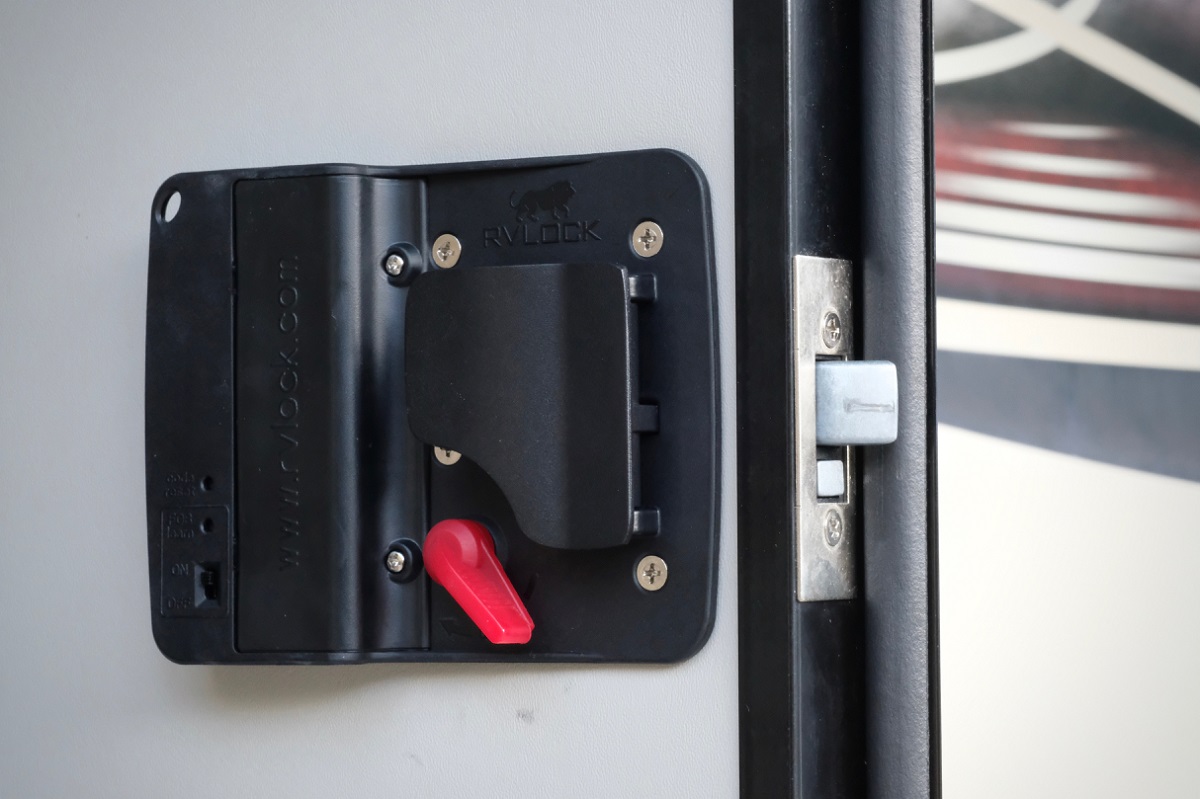
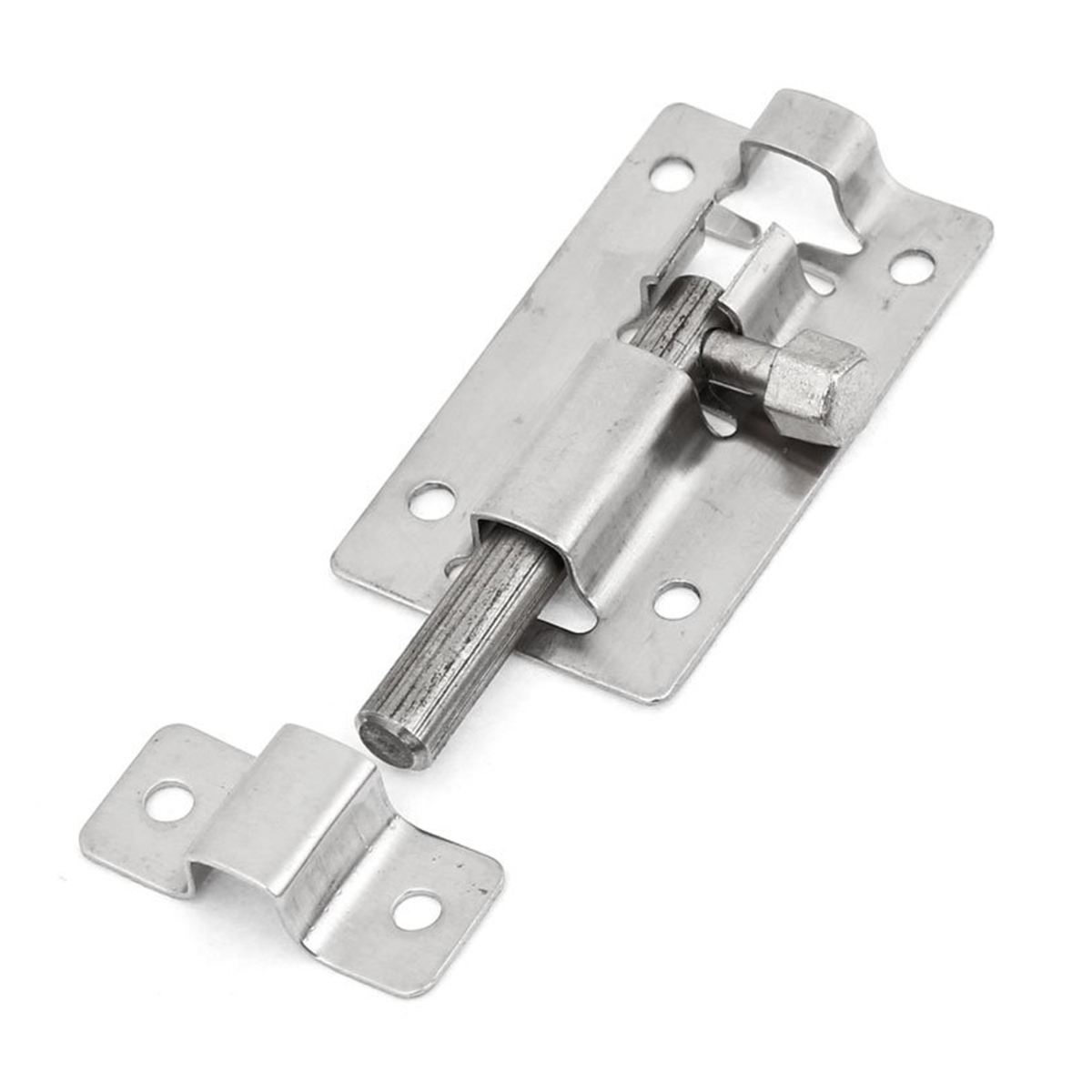
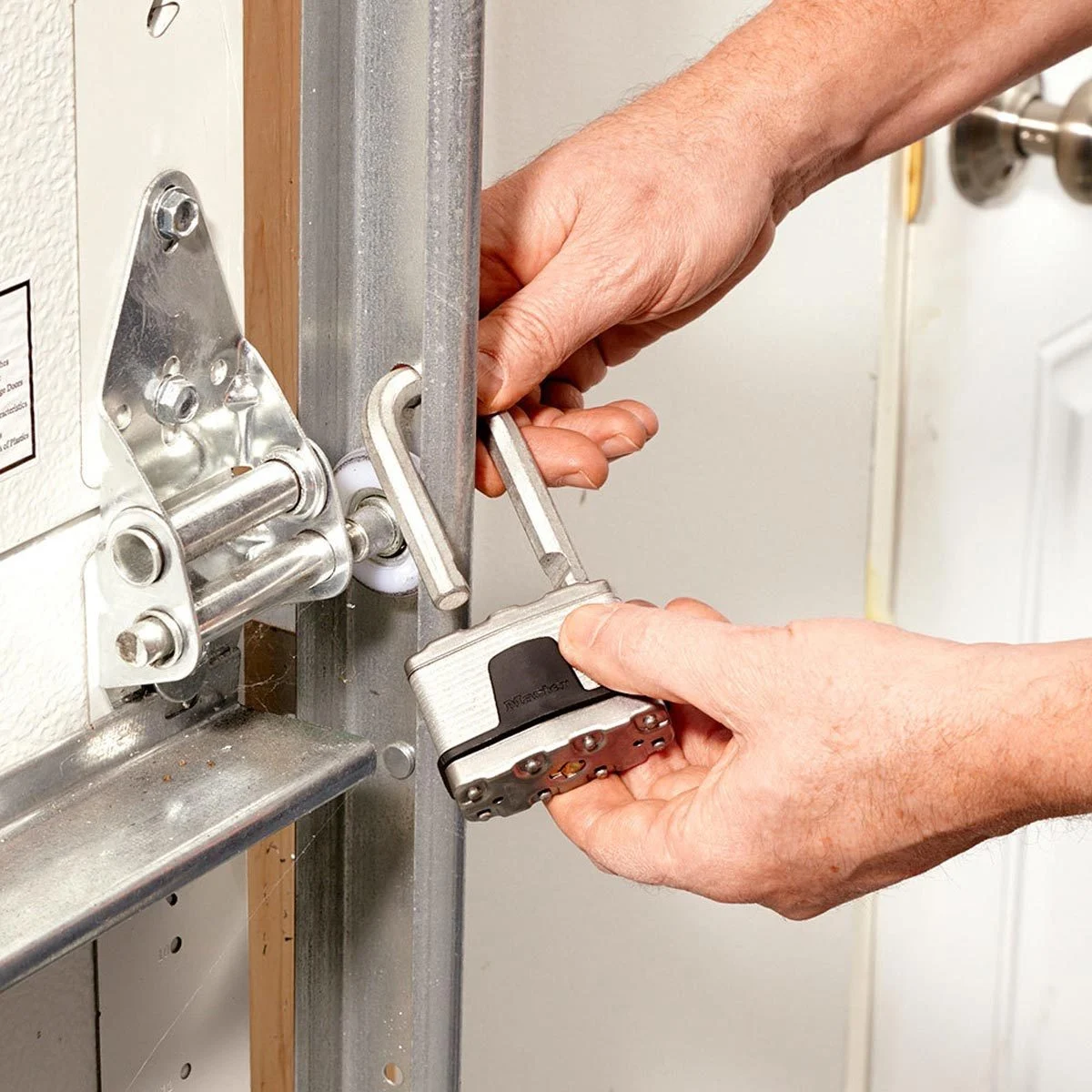
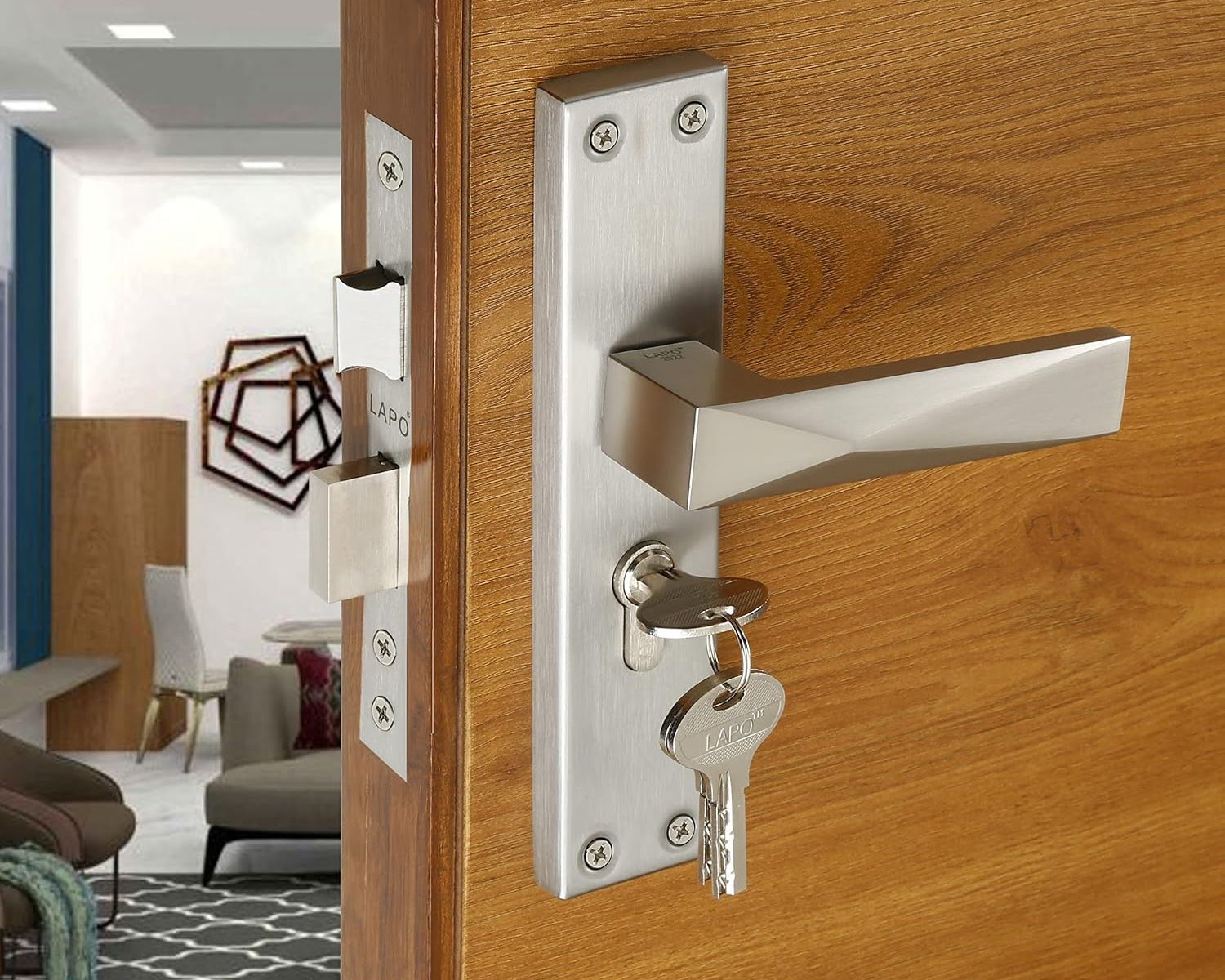
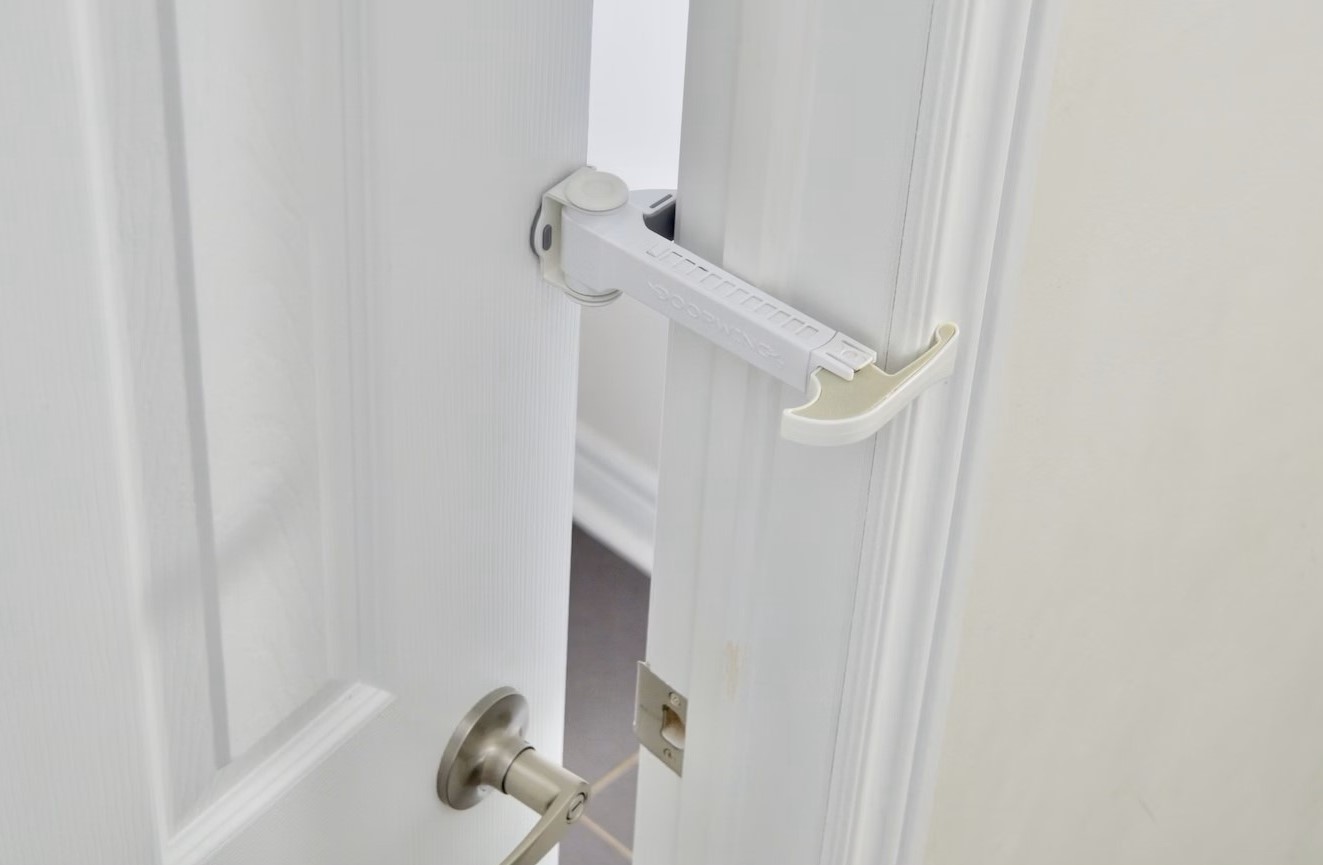
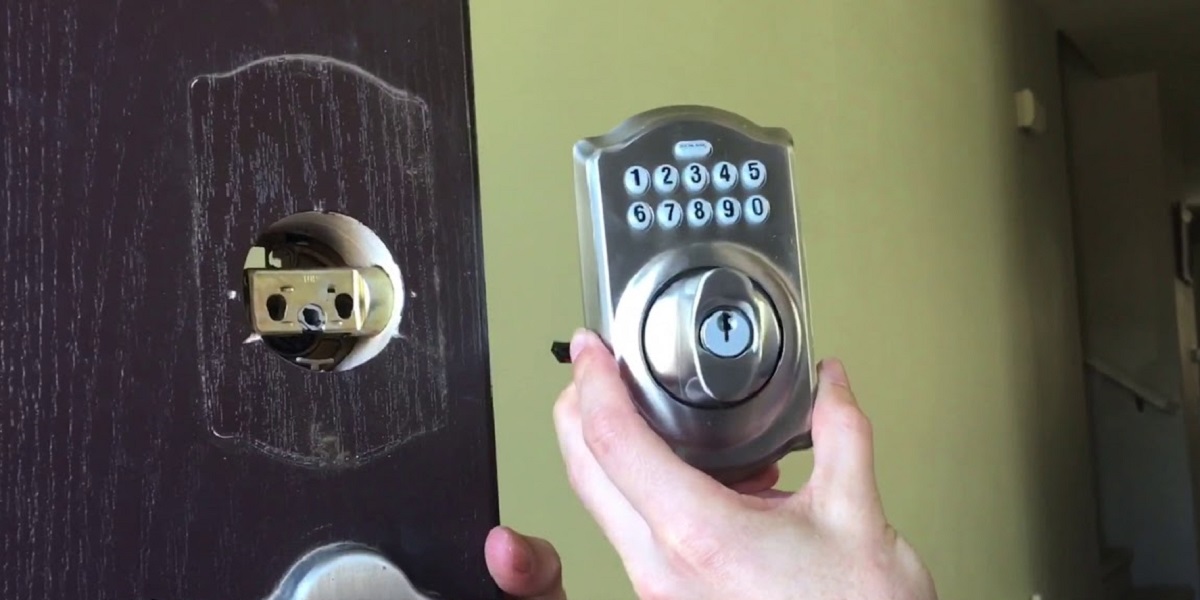
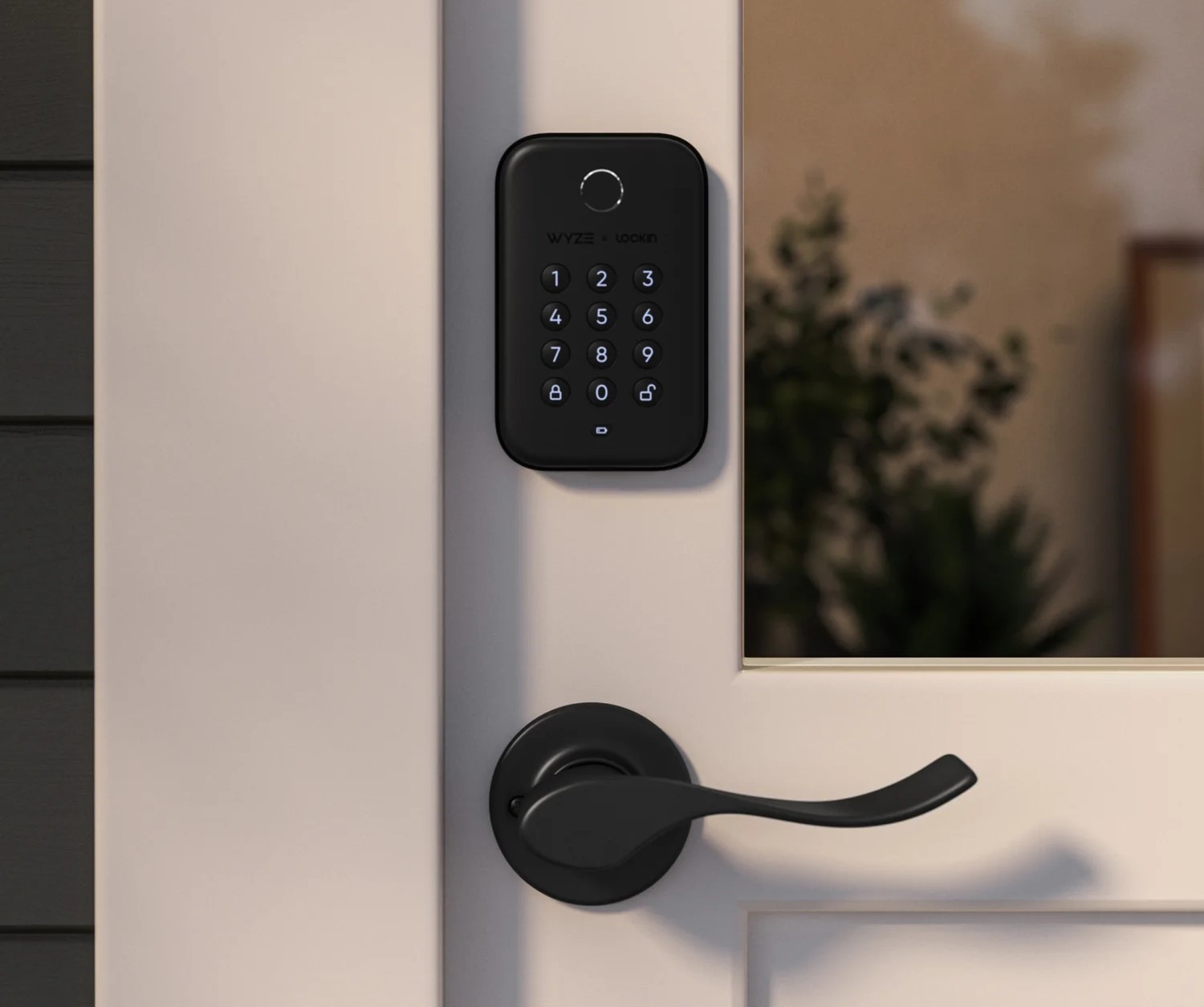
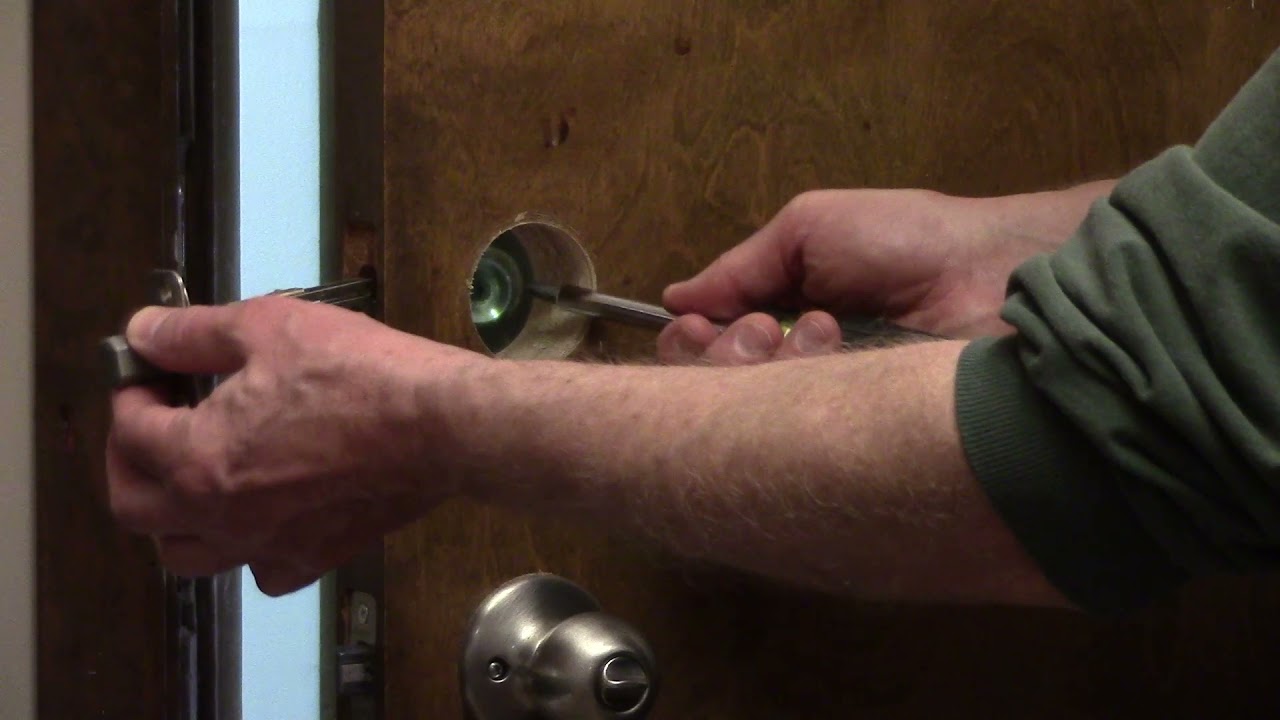
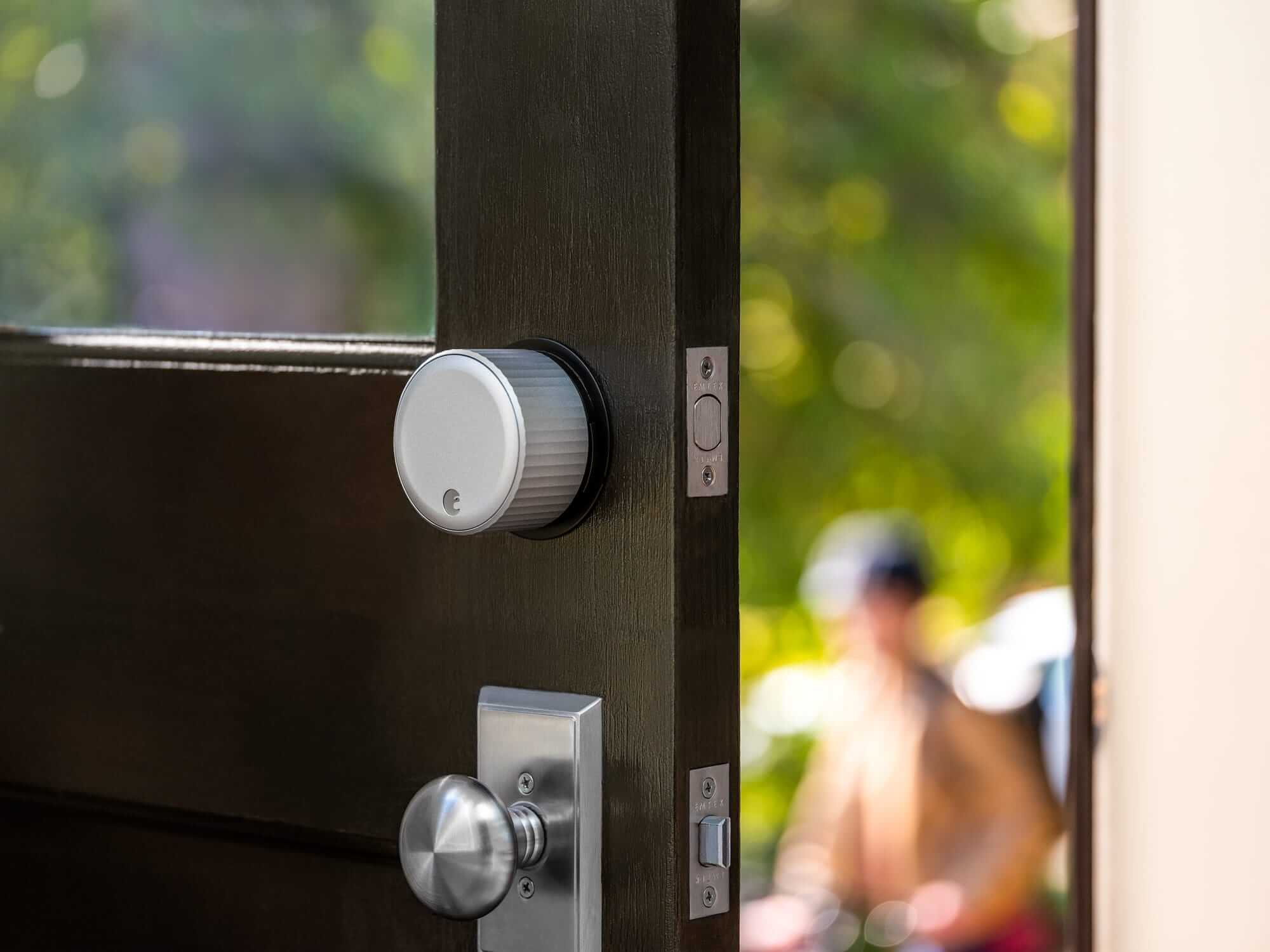
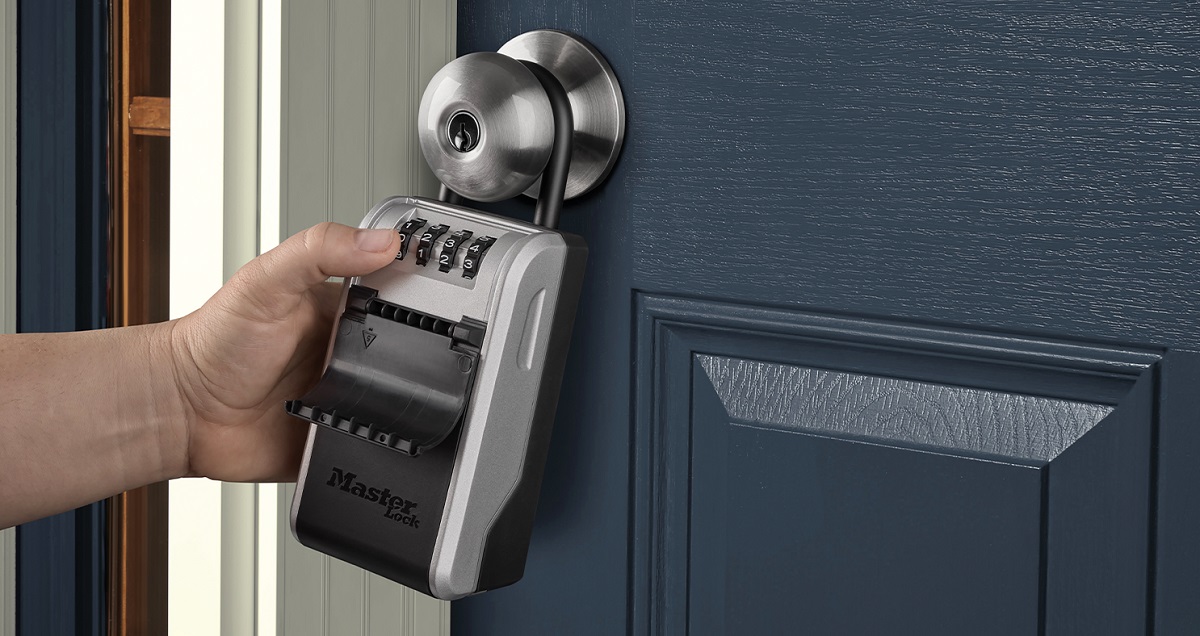
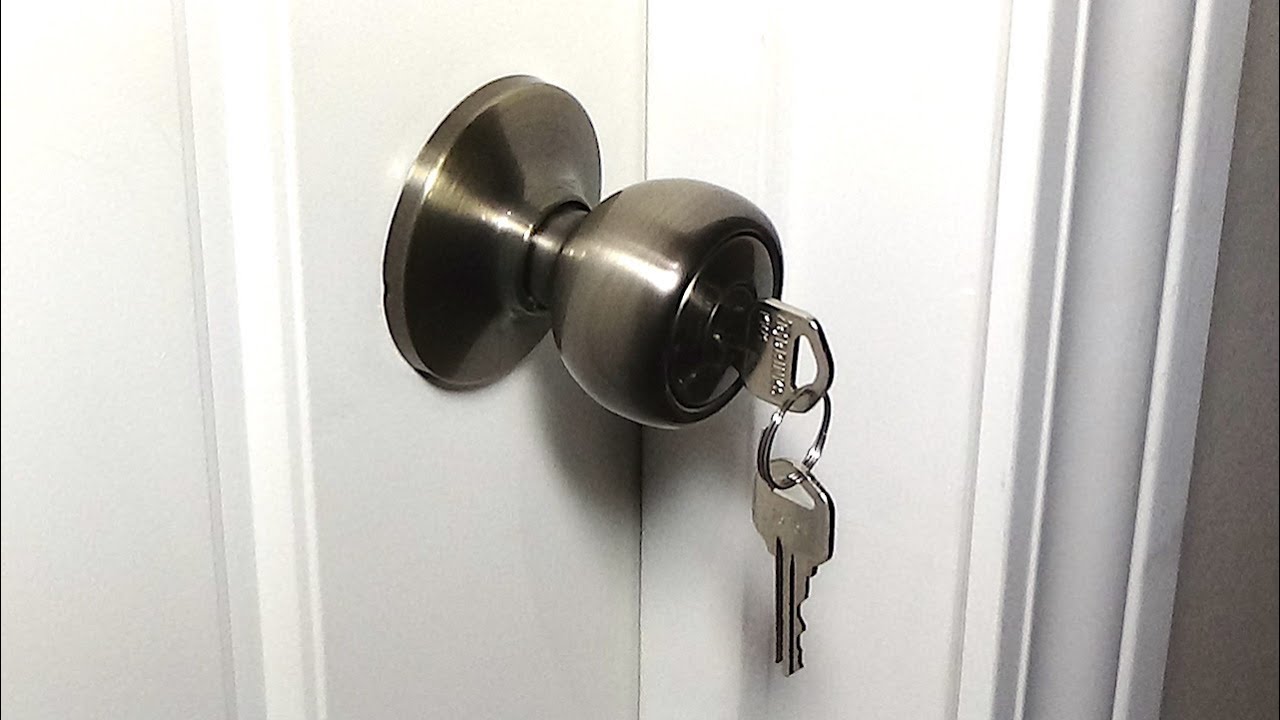
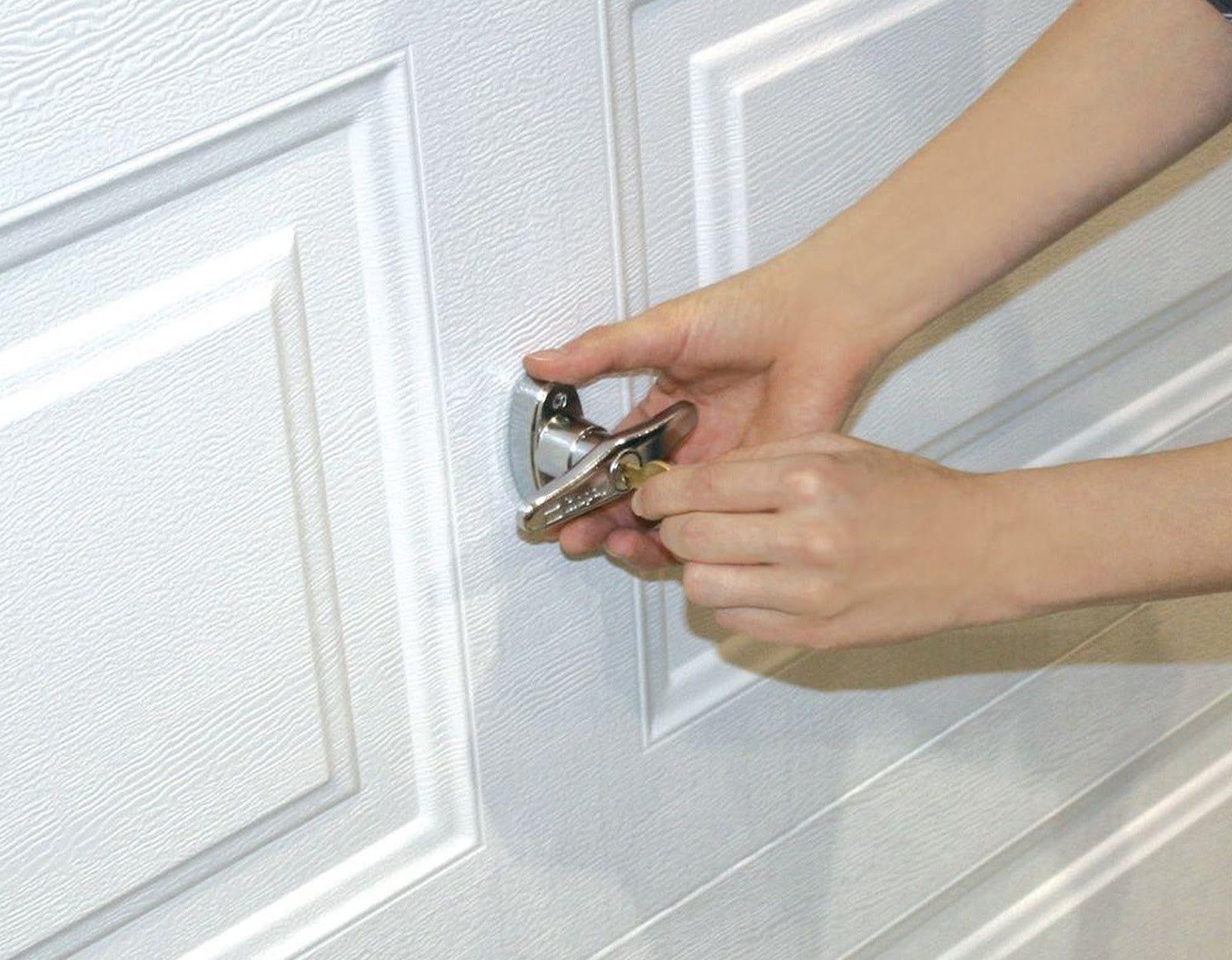
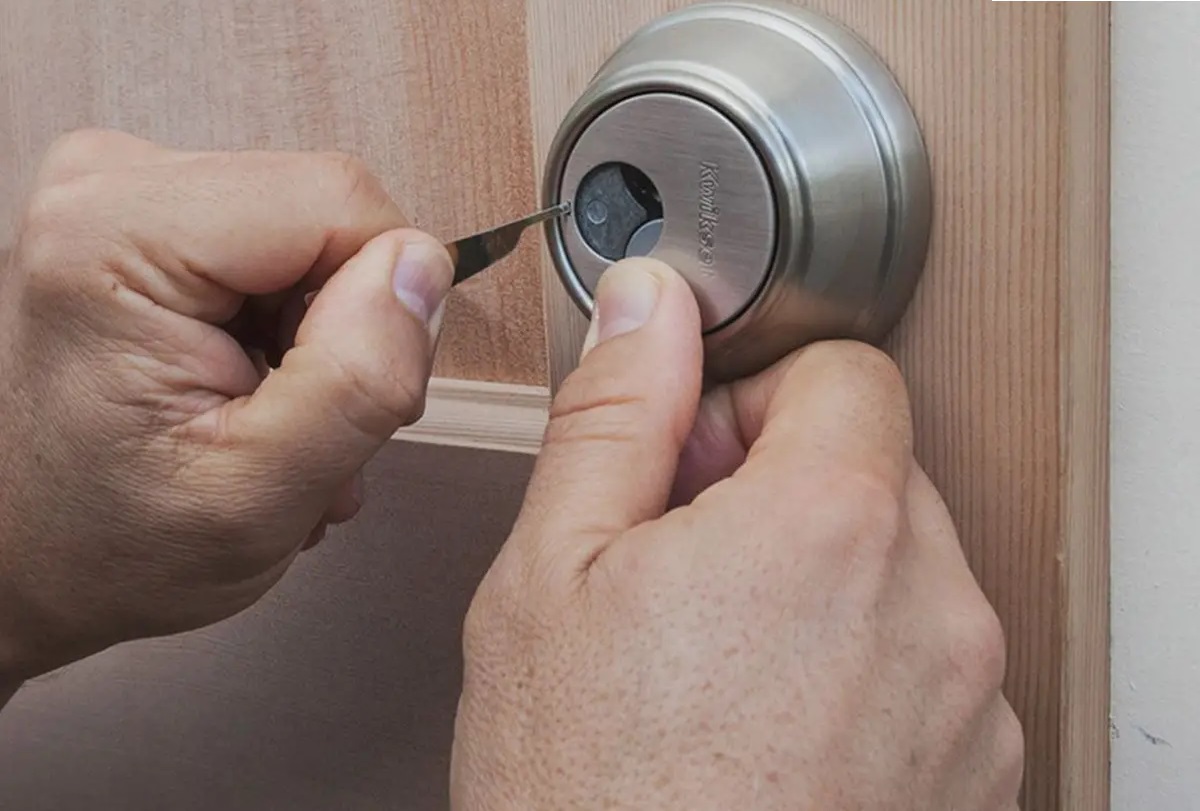
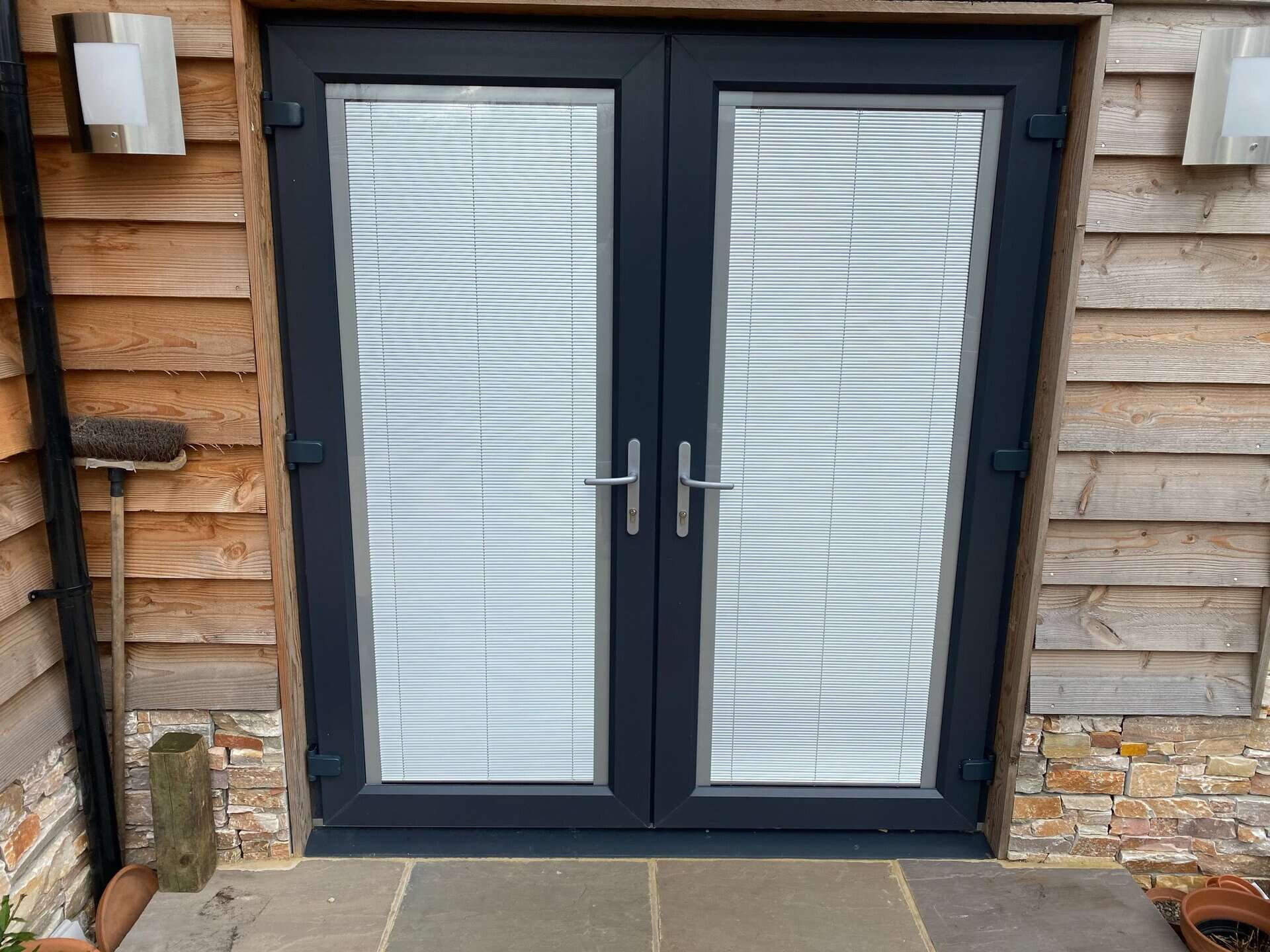

0 thoughts on “How To Lock A Classroom Door From The Inside”